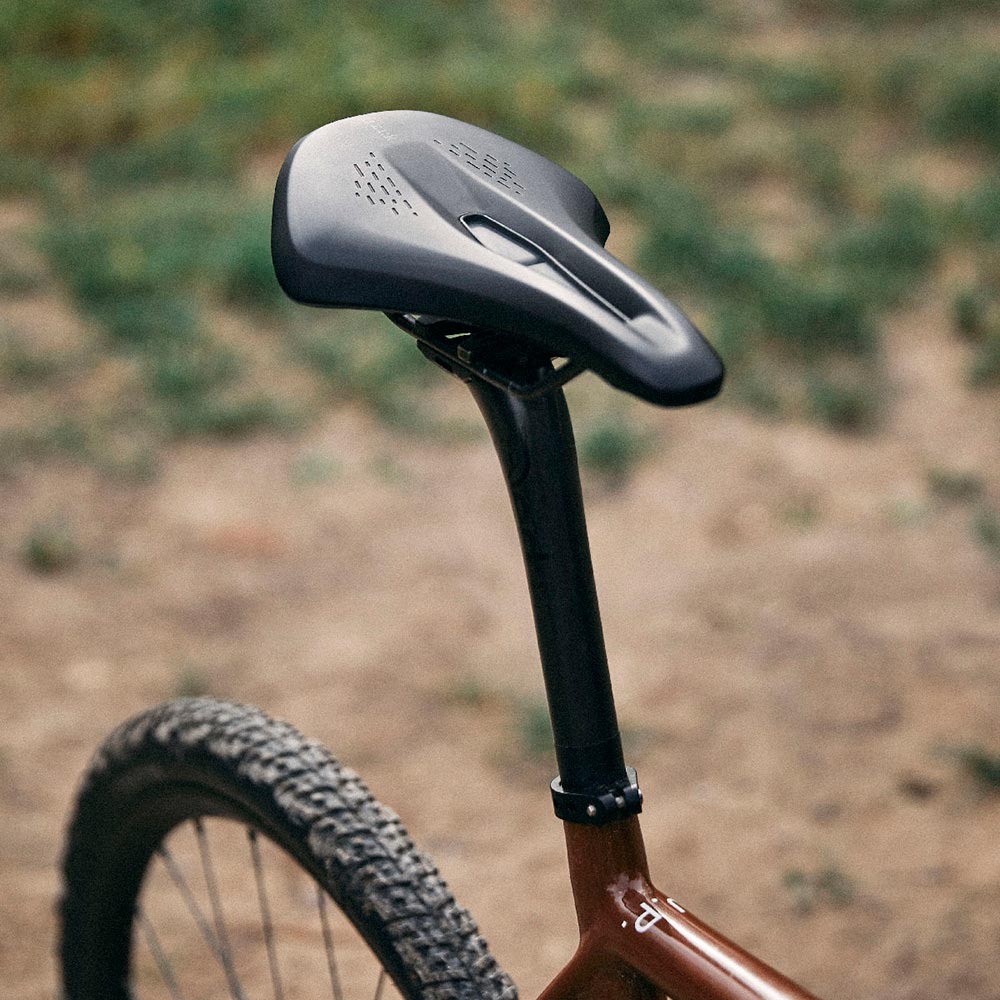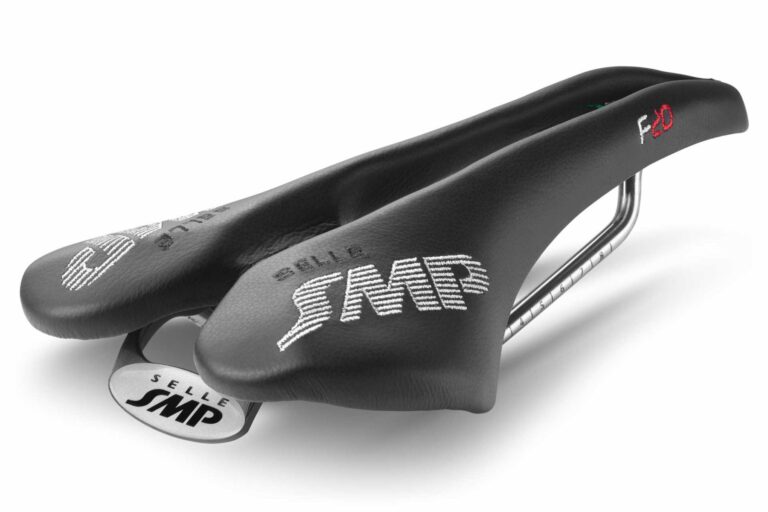Understanding Saddle Rail Materials and Performance
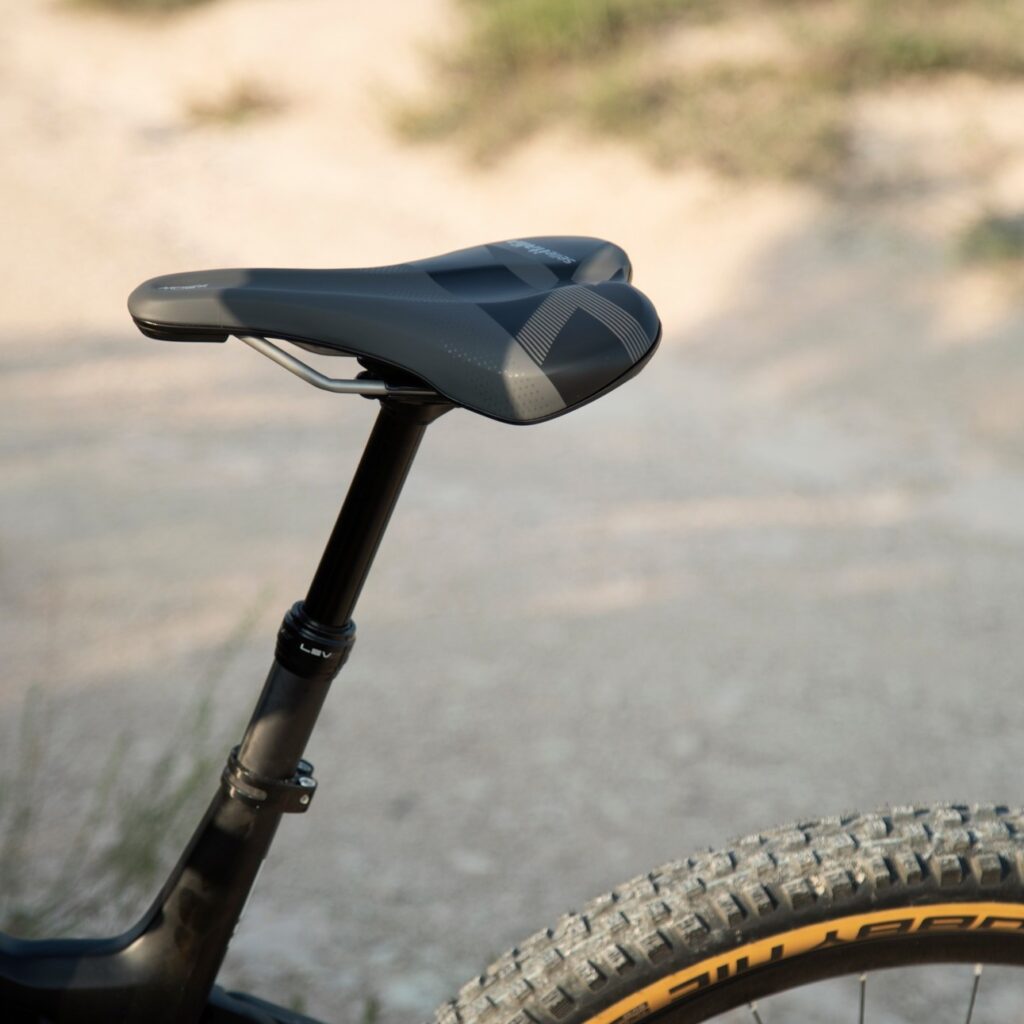
Key Point Summary of Saddle Rail Materials and Performance:
- Types of Saddle Rail Materials: Exploring different materials used in saddle rails, such as steel, titanium, and carbon fiber, and their unique properties.
- Performance Implications: How the choice of saddle rail material affects comfort, durability, and bike handling.
- Personal Experience Insights: Real-world anecdotes on how different saddle rail materials have impacted my cycling experience across various biking disciplines.
As a master cyclist with extensive experience in mountain biking, gravel biking, and cyclocross, I’ve come to appreciate the subtle yet significant role of saddle rail materials in cycling performance. This article, aimed at cyclists from beginner to mid-level, will delve into the nuances of saddle rail materials and their impact on your ride.
Types of Saddle Rail Materials
The most common materials for saddle rails are steel, titanium, and carbon fiber, each offering unique benefits. Steel, often seen in entry-level saddles, is robust and affordable but heavier. Titanium, which I started using in my mid-level cyclocross races, strikes a balance between strength and lightness. It also offers a degree of flex, which can be more forgiving on rough terrains. Carbon fiber, the choice for my high-end gravel bike, is the lightest and stiffest option, providing excellent vibration damping but at a higher cost.
Steel Rails: They are a common choice for budget-friendly saddles. Their robustness makes them durable, but they can add significant weight to the bike. This was most noticeable to me during steep climbs and long rides. Despite their weight, steel rails can be a great starting point for beginners due to their lower cost and high durability.
Titanium Rails: These offer a superb mix of lightness and strength. The natural flex of titanium rails helps absorb vibrations and shocks, providing a more comfortable ride, especially on uneven terrains like cobblestones or gravel paths. I found that upgrading to titanium rails significantly reduced fatigue on longer rides, making them a great choice for endurance cyclists.
Carbon Fiber Rails: They stand out for their stiffness and lightness, offering the highest performance level. The reduced weight and superior vibration-damping characteristics make them ideal for competitive racing and long-distance rides. During a particularly challenging gravel race, I noticed that my carbon fiber-railed saddle significantly improved comfort and reduced fatigue, allowing me to maintain better focus and endurance.
Alloy Rails: Some saddles use alloy rails, which can be a blend of materials like aluminum. These rails are typically lighter than steel but heavier than titanium and carbon fiber. They provide a good balance of performance and cost, making them a popular choice among intermediate cyclists. I found that alloy rails offered a noticeable improvement in weight reduction compared to steel, without the higher cost of titanium or carbon fiber.
Performance Implications
Each material affects saddle performance differently. Steel rails, while durable, can add noticeable weight to the bike, which I felt most during long uphill sections. Titanium, with its natural flex, improved my comfort during endurance rides. Carbon fiber rails, though, transformed my ride quality the most. The reduced weight and vibration damping were game-changers, especially on long, rough gravel routes.
Saddle Rail Shape and Design: Beyond material, the shape and design of saddle rails can impact performance. Round rails are standard, but oval-shaped rails, often found in high-end saddles, can offer better weight distribution and flexibility. During my time experimenting with different saddles, I found that oval rails provided a subtle yet noticeable improvement in comfort during longer rides.
Compatibility with Seatposts: It’s crucial to ensure that the saddle rails are compatible with your bike’s seatpost. Some carbon rail saddles require specific clamps or seatposts due to their non-standard sizes or shapes.
When it comes to gravel biking, the choice of saddle rail material can significantly influence performance. Different manufacturers have developed specific saddles designed for gravel biking, considering factors like comfort, durability, and material quality.
Manufacturers such as Brooks England are renowned for their high-quality leather saddles, which are known for their classic designs and durability. Leather can be a good choice for gravel biking due to its ability to mold to the rider’s shape over time, providing personalized comfort.

Selle Italia is another notable manufacturer, offering a variety of performance saddles with innovative features. These saddles often integrate advanced technologies and materials to cater to the specific demands of gravel biking.
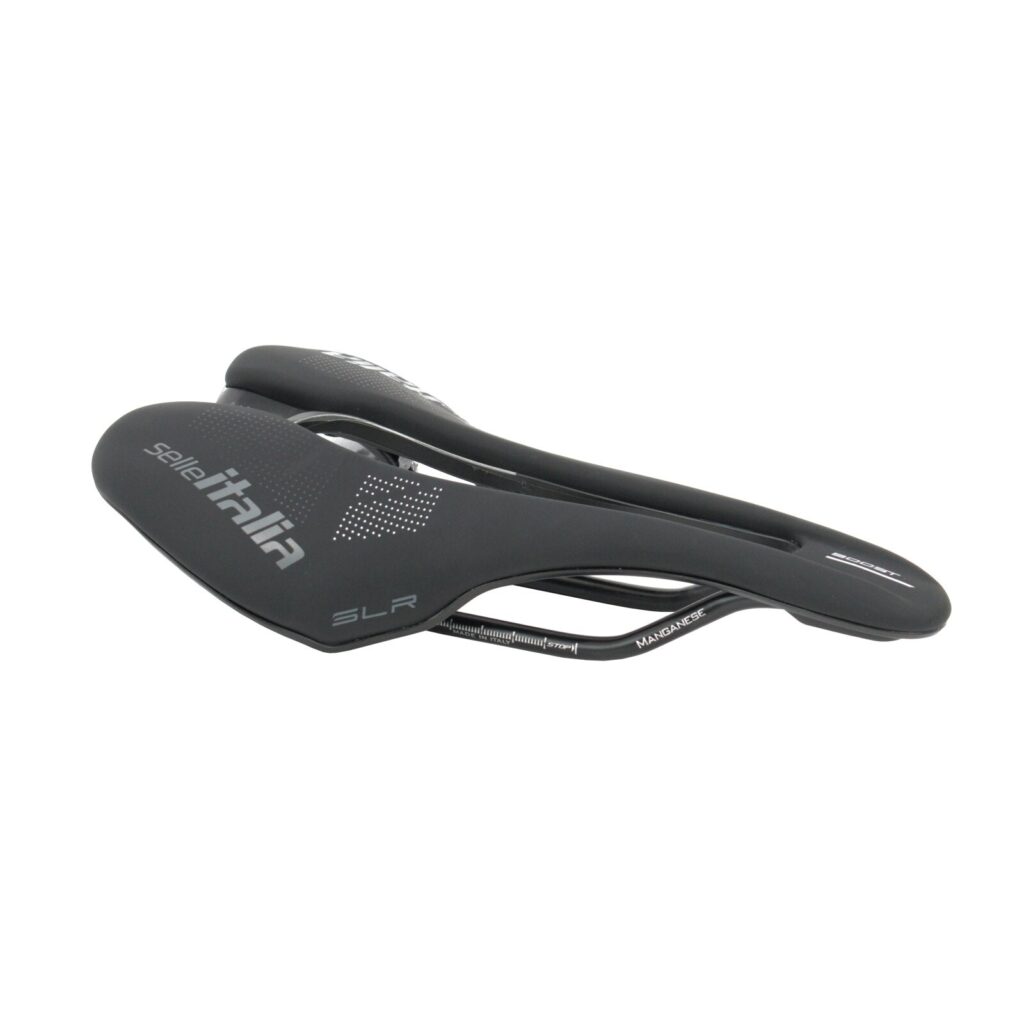
Fizik is known for its sleek, ergonomic designs that are well-suited for both road and off-road cycling. Their saddles are designed to provide a balance between comfort and performance, making them a popular choice among gravel bikers.
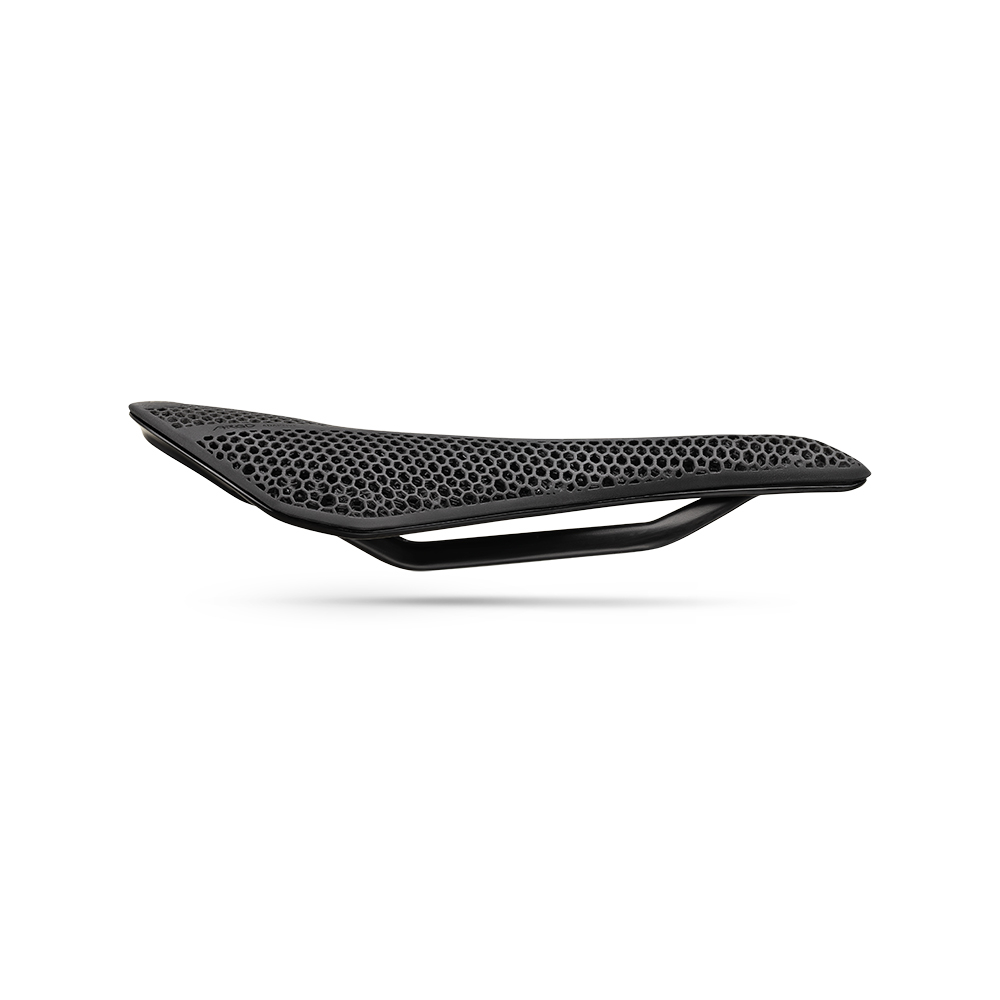
Specialized is recognized for using sports science in its saddle designs, ensuring that it caters to different types of riders. Their saddles are often tailored to provide the right balance of comfort, durability, and performance, making them suitable for the varied demands of gravel biking.
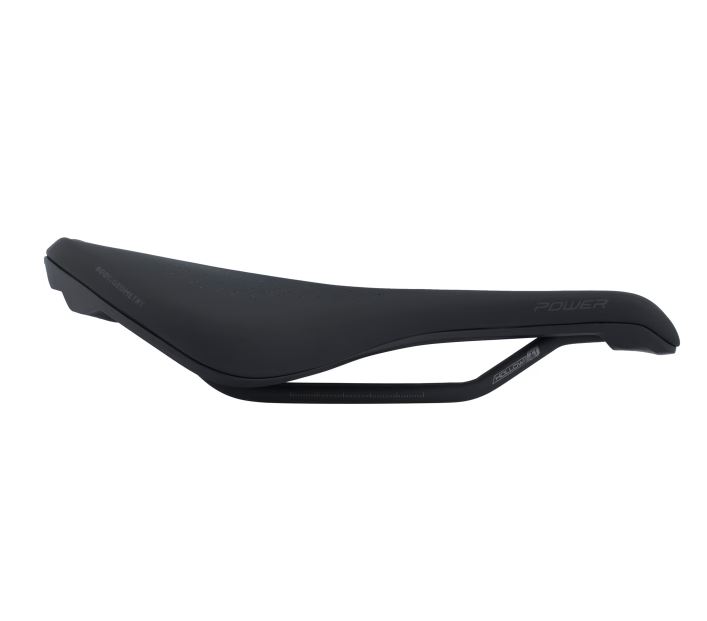
WTB (Wilderness Trail Bikes) provides durable and comfortable saddles for various cycling disciplines, including gravel biking. They focus on creating saddles that can withstand the rigors of uneven surfaces, ensuring long-term comfort and durability.

Each of these manufacturers combines quality materials with advanced design techniques to offer comfort and performance to cyclists at all levels. When selecting a saddle for gravel biking, it’s important to consider factors like the material of the saddle, its design, and how it aligns with your specific riding needs and preferences.
FAQ
Are carbon saddle rails safe?
Yes, carbon saddle rails are generally safe for use in cycling. They are designed to be lightweight and strong, often used in high-performance saddles due to their excellent stiffness-to-weight ratio. Carbon rails provide good vibration damping, which can lead to increased comfort during rides. However, it’s important to ensure they are correctly installed and compatible with your seatpost clamp, as improper installation or compatibility issues can lead to safety risks.
Regular inspections for any cracks or damage, especially after a fall or significant impact, are also recommended due to carbon’s susceptibility to impact damage. Overall, when used appropriately, carbon saddle rails are a safe and effective choice for cyclists looking for high-performance equipment.
Do carbon saddle rails make a difference?
Yes, carbon saddle rails do make a difference in cycling. They are significantly lighter than steel or alloy rails, which can contribute to overall weight reduction of the bike. This weight advantage is particularly appreciated by performance-focused cyclists and those who engage in competitive racing.
Additionally, carbon rails offer superior vibration damping, which can enhance rider comfort by reducing the transmission of road or trail vibrations. This can lead to less fatigue during longer rides. However, the degree of difference experienced can vary depending on the individual cyclist’s sensitivity to these factors and the type of cycling they are engaged in.
What is the best material for a saddle?
The best material for a bike saddle varies based on individual needs and preferences:
- Leather: Offers durability and custom fit over time; ideal for long rides.
- Synthetic: Versatile, low-maintenance, and often weather-resistant.
- Carbon Fiber: Lightweight and stiff, suitable for performance-oriented cyclists.
- Gel: Provides excellent comfort and shock absorption for casual riders
Wrapping Up
Selecting the right saddle rail material can make a significant difference in your cycling experience. Whether it’s the durability and affordability of steel, the balanced performance of titanium, or the high-end sophistication of carbon fiber, each material offers unique benefits.
The choice of saddle rail material, along with its shape and design, can significantly affect your cycling experience. It’s about finding the right balance between comfort, weight, durability, and cost, tailored to your specific riding style and needs. As a cyclist, understanding these differences can help you make an informed decision that enhances your riding comfort and performance.
John
